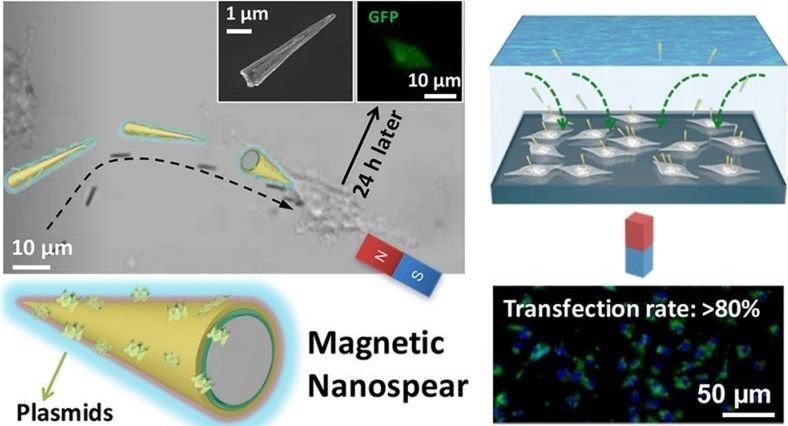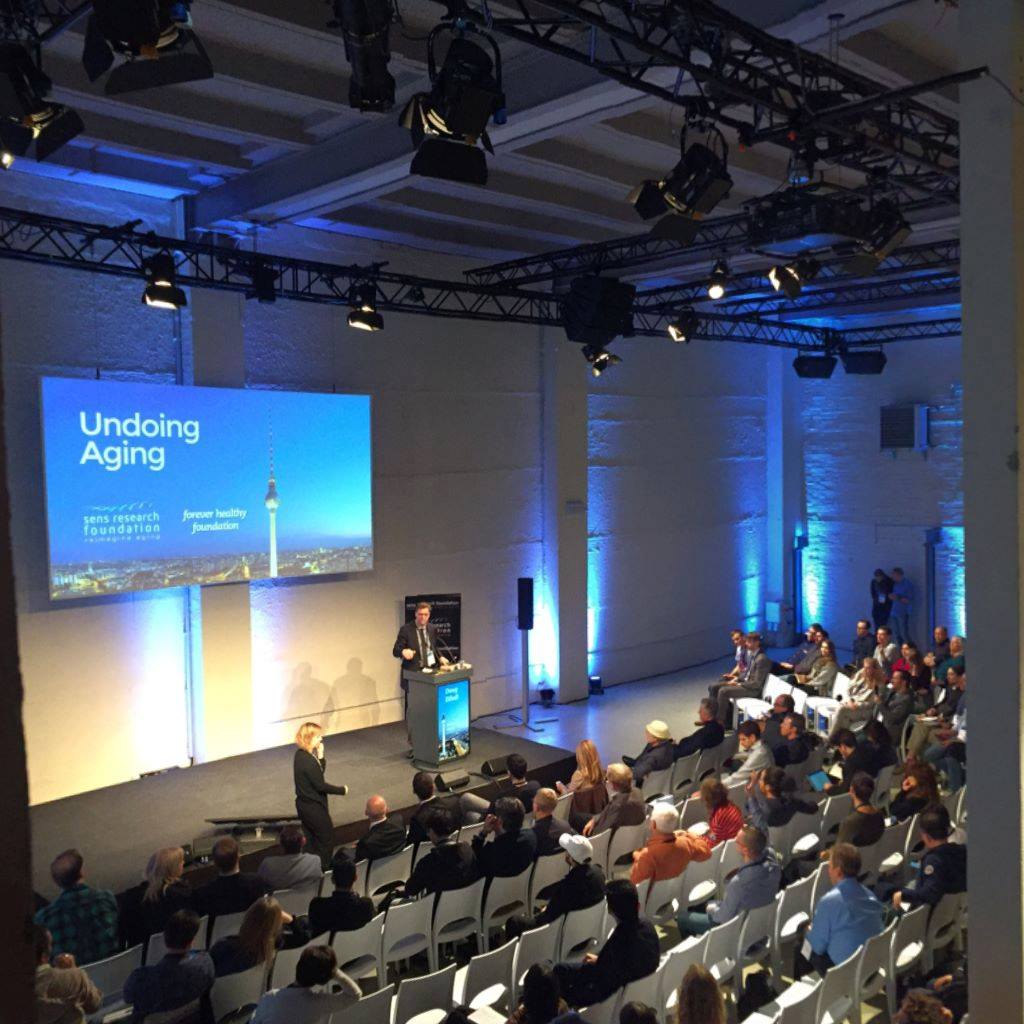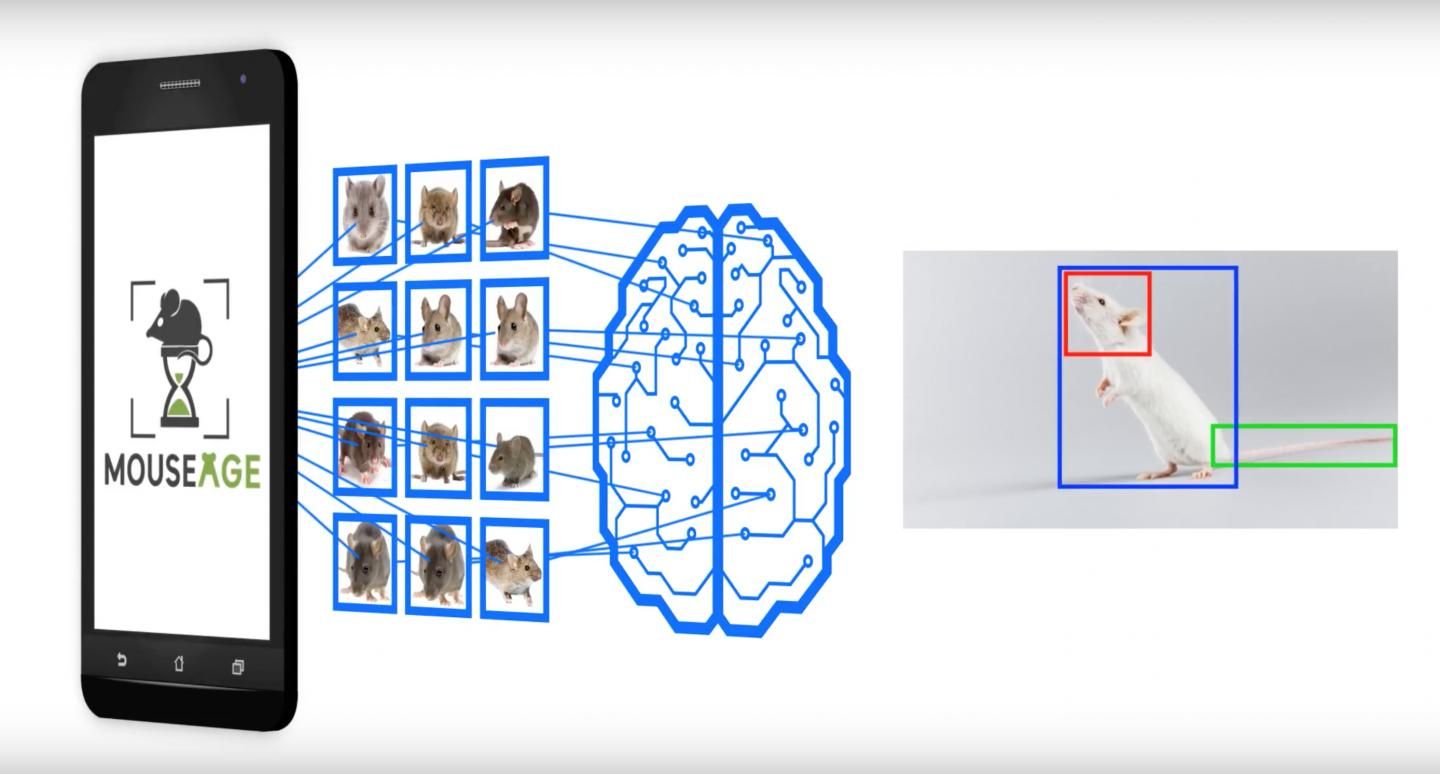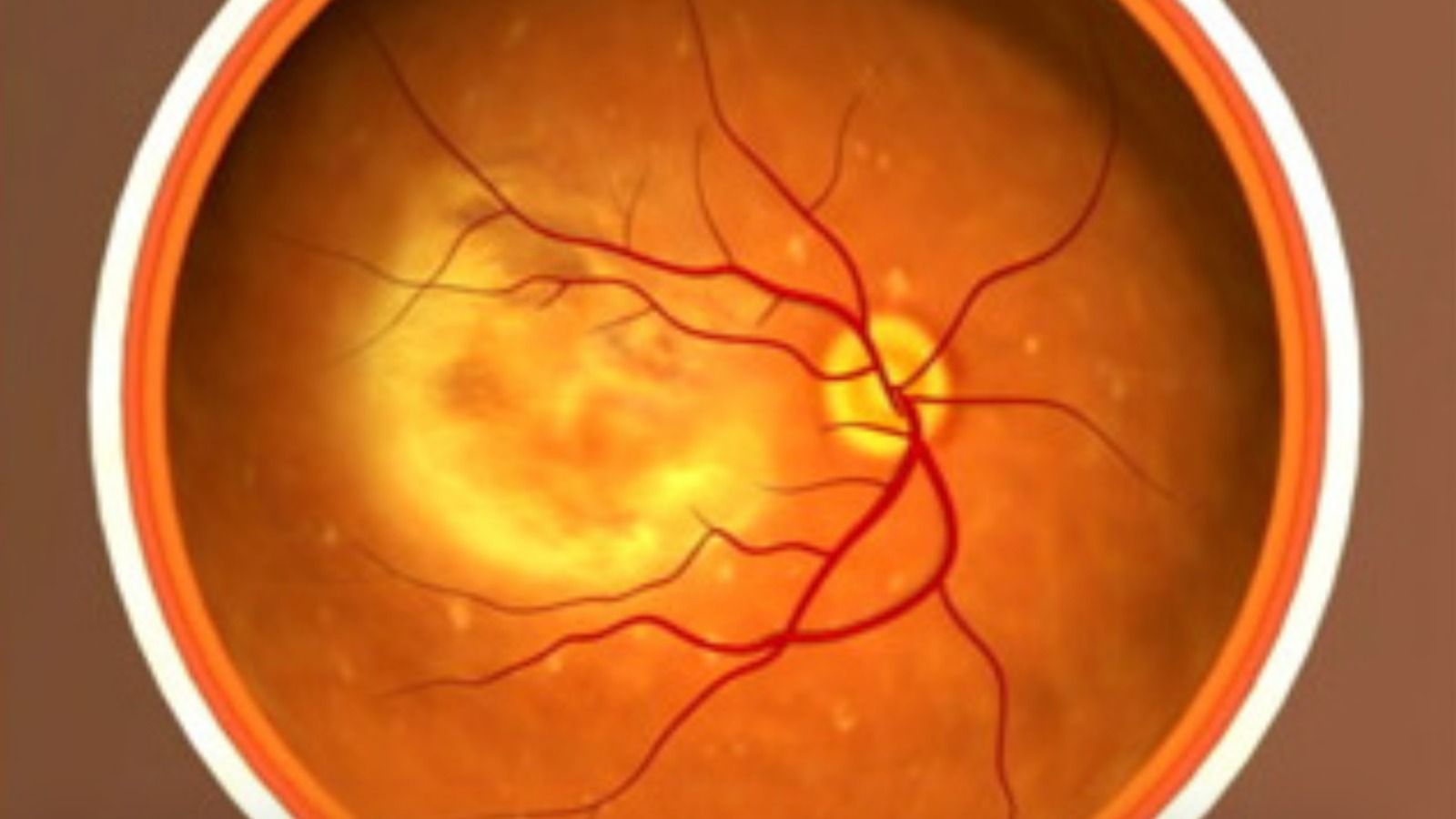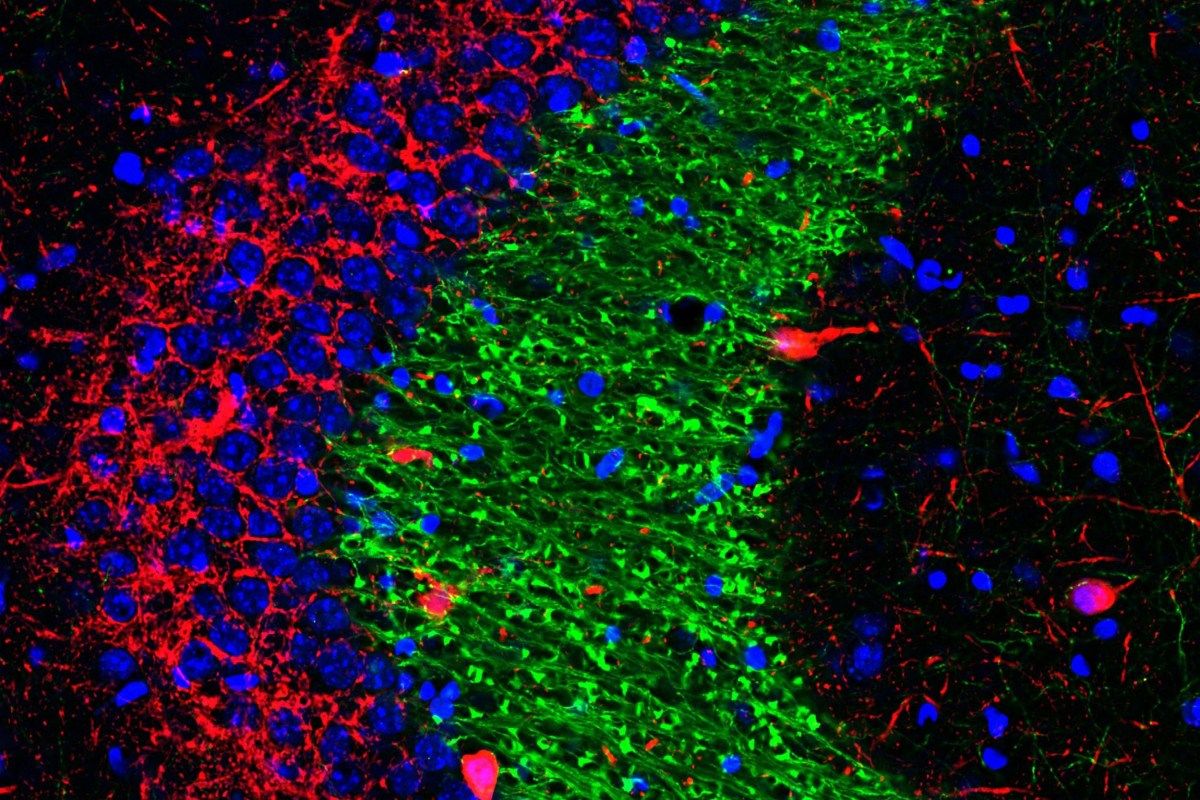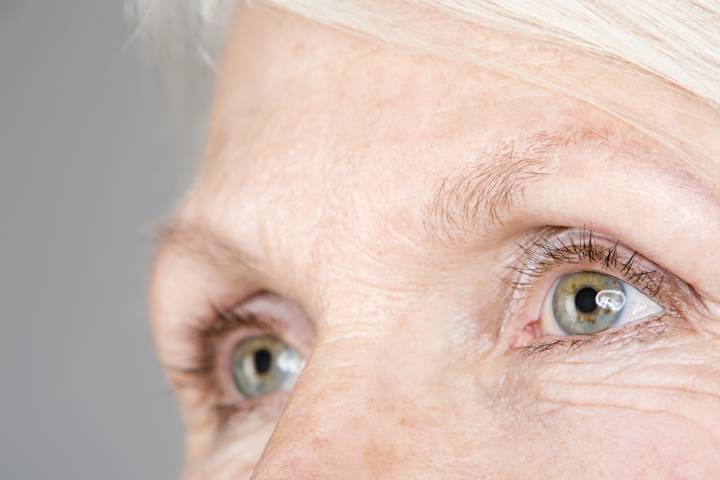New article in Republican Herald out with #transhumanism for Palm Sunday:
Today is Palm Sunday, the first day of Holy Week. It is a week of great drama, but not of tragedy. A few days after his triumphal entry into Jerusalem, Christ will be crucified. On Easter, the first day of a new week, he will rise from the dead to live eternally.
Belief in this resurrection is the core of Christian faith, and on Easter Christians proclaim, “Oh death, where is thy sting? O grave, where is thy victory?”
These words of hope and faith were written by St. Paul in his first epistle to the Corinthians. Strangely, in 2018, they could also be a rallying cry for transhumanists and life-extenders, atheists in their vast majority.
For them, death is the great enemy because “Death is wrong.” This is the title of a 2014 transhumanist children’s book by Gennady Stolyarov II, whose young character angrily tells his mother that “people should not die.”




